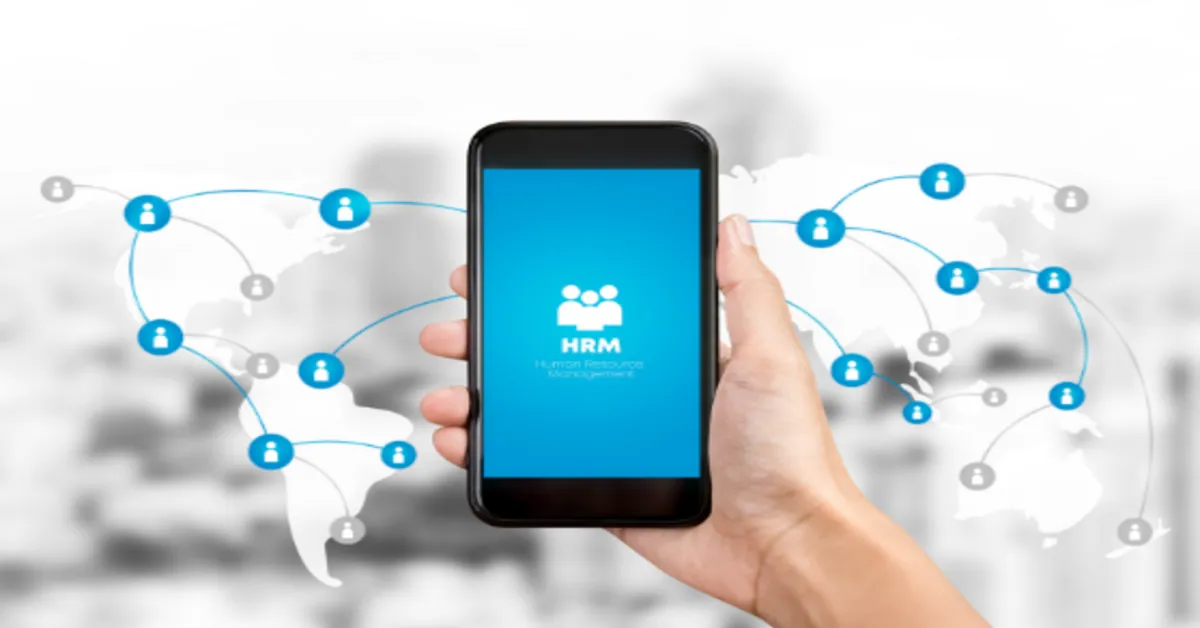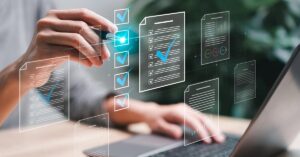HRMs: Transforming Expense Management
All businesses must monitor their expenses for operations, which includes controlling spending. Employees must submit expense reports to get repay for expenses they paid for out of pocket. To help ensure that the business may claim all relevant deductions, managers must approve these expenses for refund, track how much the business spends on travel and expenses, and document everything for tax purposes.
While larger organizations have generally switched to expenditure management software from paper reports, spreadsheets, and mountains of receipts, smaller businesses are more prone to cling to antiquated manual procedures and systems. Serious repercussions may result from this: Small companies without expenditure management software run the danger of their staff members making unapproved purchases and becoming frustrated with laborious procedures and long wait times for reimbursement.
Data Reports
Any business can benefit significantly from data, and HR managers who handle expenses may offer insightful data reports and analysis. Businesses may make educated decisions, modify rules, and even spot fraud by examining expenditure patterns and trends. Organizations can more effectively allocate resources and optimize their strategy using a data-driven approach.
Analytics and Reporting
Dashboards, scorecards, and reports are simple to set up, modify, update, and publish. Additionally, you may access and manipulate data with Connect HRMS from any location, as transactional and analytical data are housed in the same system. When transactions and analytics are integrated, you can run your business efficiently, in real time, and with complete trust in the accuracy of the data.
Visualize Your Ability
By connecting to an HRMS, you can obtain team data via organization, cost center, unit, location, or project. Based on KPIs, goals, and accomplished tasks, assign a rating to each employee.
Mobile Access
The rise of mobile technology has brought about a significant transformation in how businesses function, including managing expenses. HR managers who offer mobile access options enable staff members to stay in touch and handle spending while on the go. This promotes more flexibility and guarantees that everyone in the team can access the system anytime and from any location. The outcome is an expense-tracking procedure that is more responsive and effective.
Receipt Imaging
The time-consuming task of maintaining track of paper receipts is one of the significant obstacles in traditional expenditure management. Receipt imaging features enable modern HRMs to leverage mobile access. Employees can easily take pictures of their receipts using their mobile devices and submit them straight into the system. This streamlines the entire spending monitoring process and cuts down on paperwork, which is especially beneficial for people who travel frequently.
Multiple Permissions
Customized Access for Increased Management
Businesses require more people to help with expense management as they expand. HRMs provide several levels of permission to overcome this issue. A safe and controlled workplace is ensured by allowing employees to access the features and data pertinent to their position. Employees can concentrate on their assigned responsibilities, which improves security and expedites the process.
In conclusion, companies looking to improve productivity and financial control should strategically integrate HRMs with spending management tools. Integrating mobile access, receipt imaging, data reports, and multiple permissions produces a smooth and user-friendly experience. Adopting this cutting-edge technology can help organizations make better decisions, achieve sustainable growth, and streamline their expenditure management procedures





